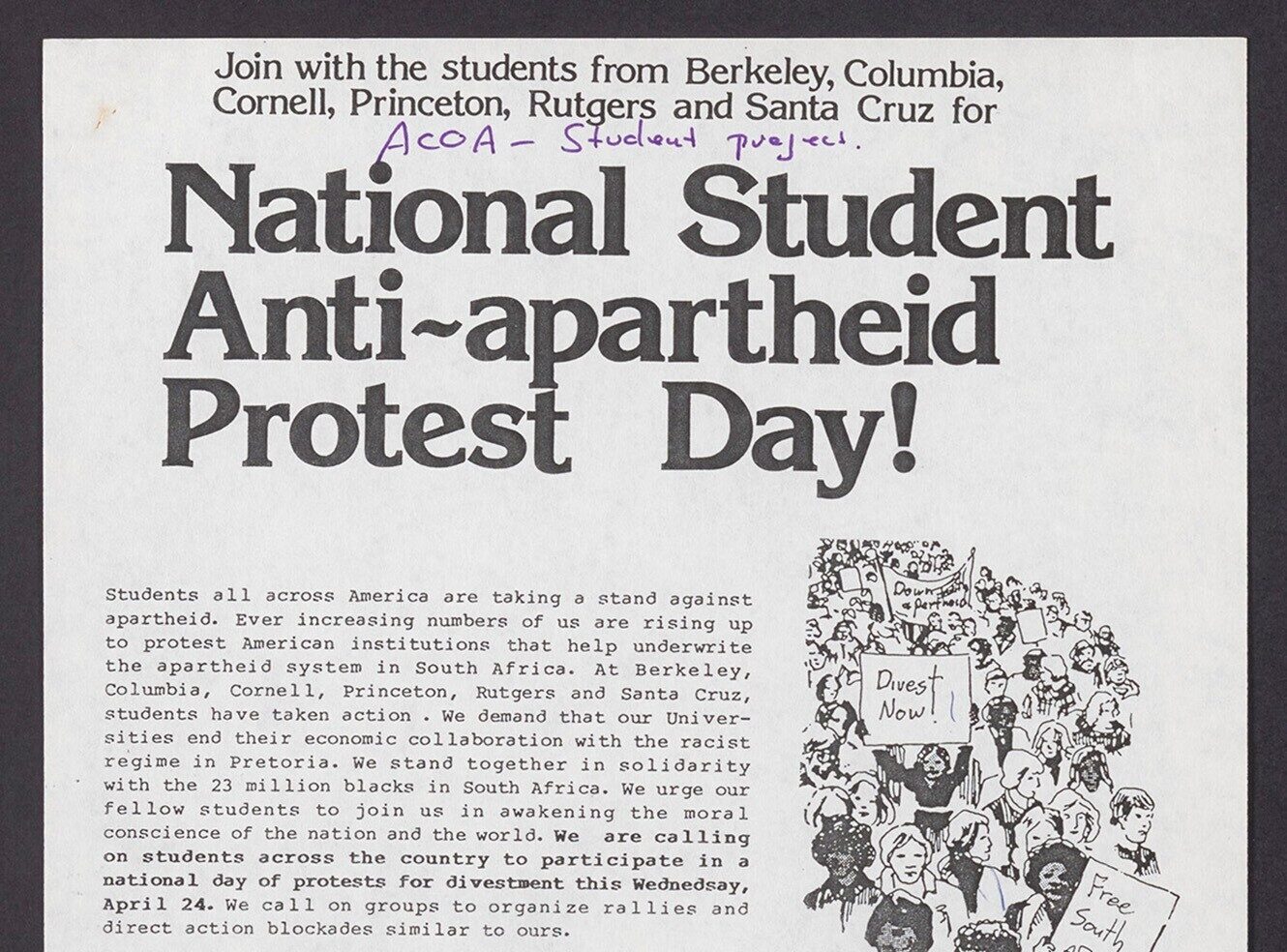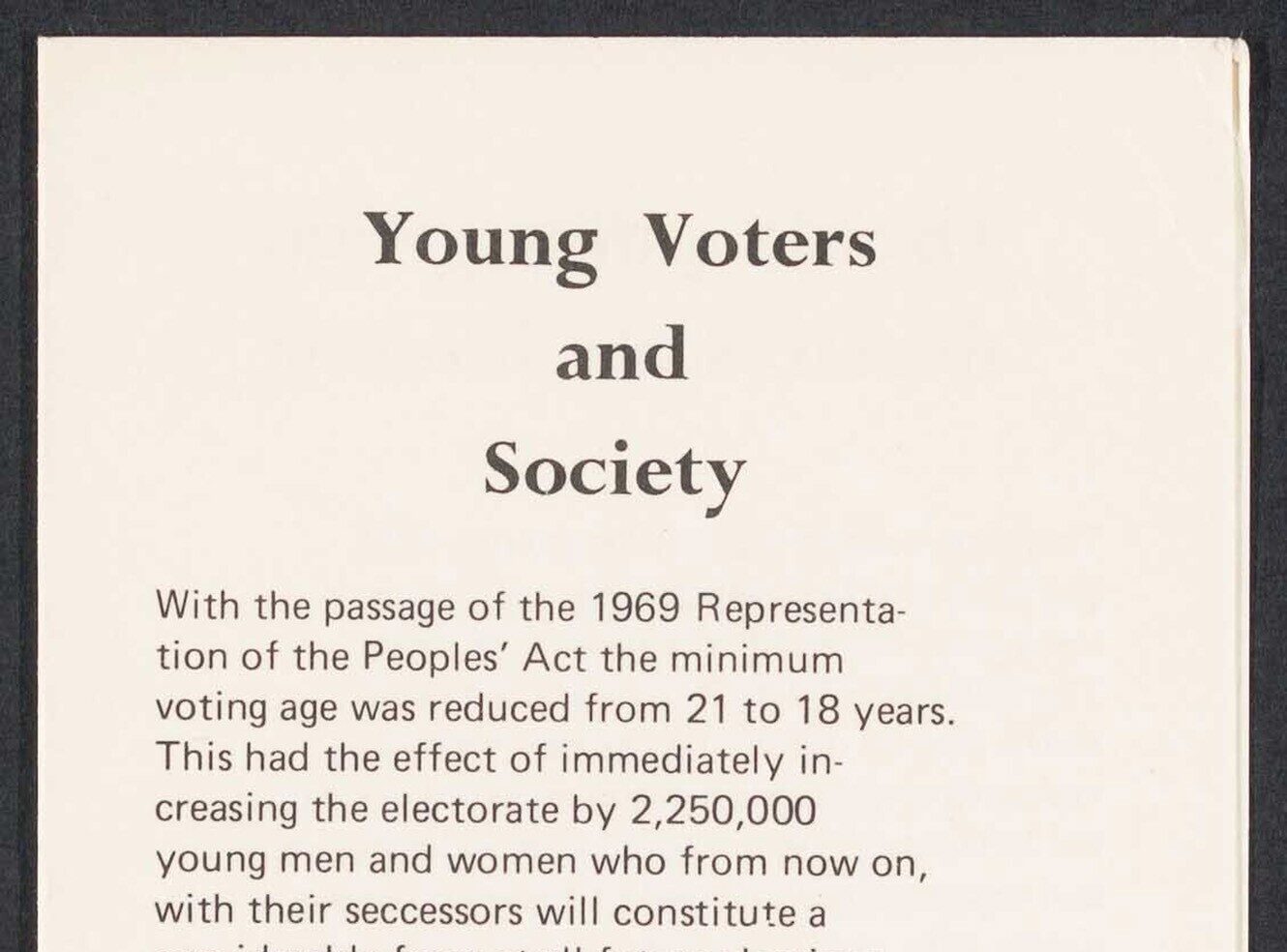Plum Pudding In A Shell Hole: Christmas Baking In World War I
This week we held a charity Christmas “Winter Wonderland” bake off in the Adam Matthew office. Marshmallow penguins and snowy forest floor s’mores competed against traditional yule logs and cakes decorated with snowmen, Christmas trees and gambolling reindeer. The joy that these seasonal bakes bring to a modern consumer must pale in comparison to that experienced by soldiers in the frozen, muddy trenches of the Western Front during the First World War. From “pop-up” dinners in shell holes and Christmas puddings delivered by messenger motorcycles, to what must surely have been a record-breaking cake, the photographs available in The First World War portal offer fascinating, and at times humbling, glimpses into culinary Christmas celebrations at the front and behind the lines.
British troops eating their Christmas dinner in a shell hole at Beaumont Hamel, December 1916. Image © Imperial War Museums. Further reproduction prohibited without permission.
An R.E. motor cyclist with a Christmas pudding, St. Pol Road, December 1917. Image © Imperial War Museums. Further reproduction prohibited without permission.
The lucky soldiers spending Christmas away from the front line could supplement their basic rations with geese, chickens and other produce bought from neighbouring villages.
British troops purchasing geese in the market place at Bailleul for their Christmas dinner, December 1916. Image © Imperial War Museums. Further reproduction prohibited without permission.
In addition, many families sent boxes of edible treats for loved ones and their comrades in the trenches. Soldiers’ correspondence in November and December of each year is full of grateful recognition of the time and money spent in preparing these parcels, in addition to feedback on how well certain foods have travelled and requests for the next delivery. For those in the trenches, often without access to food beyond their army rations, this must have been an enormous comfort as well as an important link with home and family traditions.
Plum pudding tin, unopened. Image © Imperial War Museums. Further reproduction prohibited without permission.
In contrast to the boil-in-a-tin plum pudding of the trenches, the enormous and lavishly decorated Christmas cake (4 feet in diameter!) produced at the Australian Imperial Force and War Chest Club, London, in 1918, seems to encapsulate the joy, patriotic fervour and hope that accompanied that first peacetime Christmas.

A huge Christmas cake baked at the A.I.F. and War Chest Club, London, Christmas 1918. Image © Imperial War Museums. Further reproduction prohibited without permission.
Three modules of The First World War portal are available now. For more information, including free trial access and price enquiries, please email us at info@amdigital.co.uk.
Recent posts

The blog highlights American Committee on Africa, module II's rich documentation of anti-apartheid activism, focusing on the National Peace Accord, global solidarity, and student-led divestment campaigns. It explores the pivotal role of universities, protests, and public education in pressuring institutions to divest from apartheid, shaping global attitudes toward social justice and reform.

This blog examines how primary sources can be used to trace the impact of young voices on society, particularly during pivotal voting reforms in the UK and the US. Explore materials that reveal insights into youth activism, intergenerational gaps, and societal perceptions, highlighting their interdisciplinary value for studying youth culture, activism, and girlhood across history.
